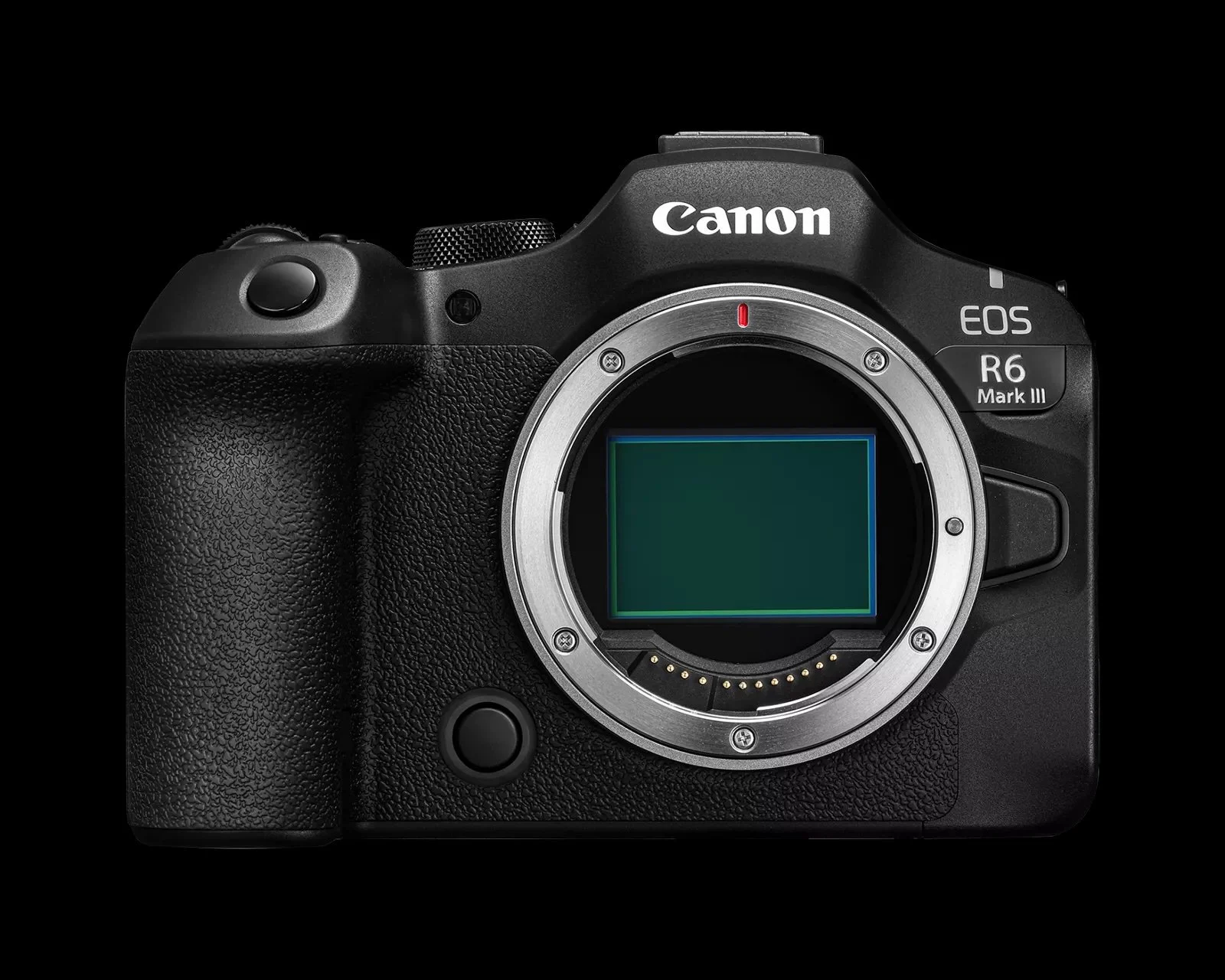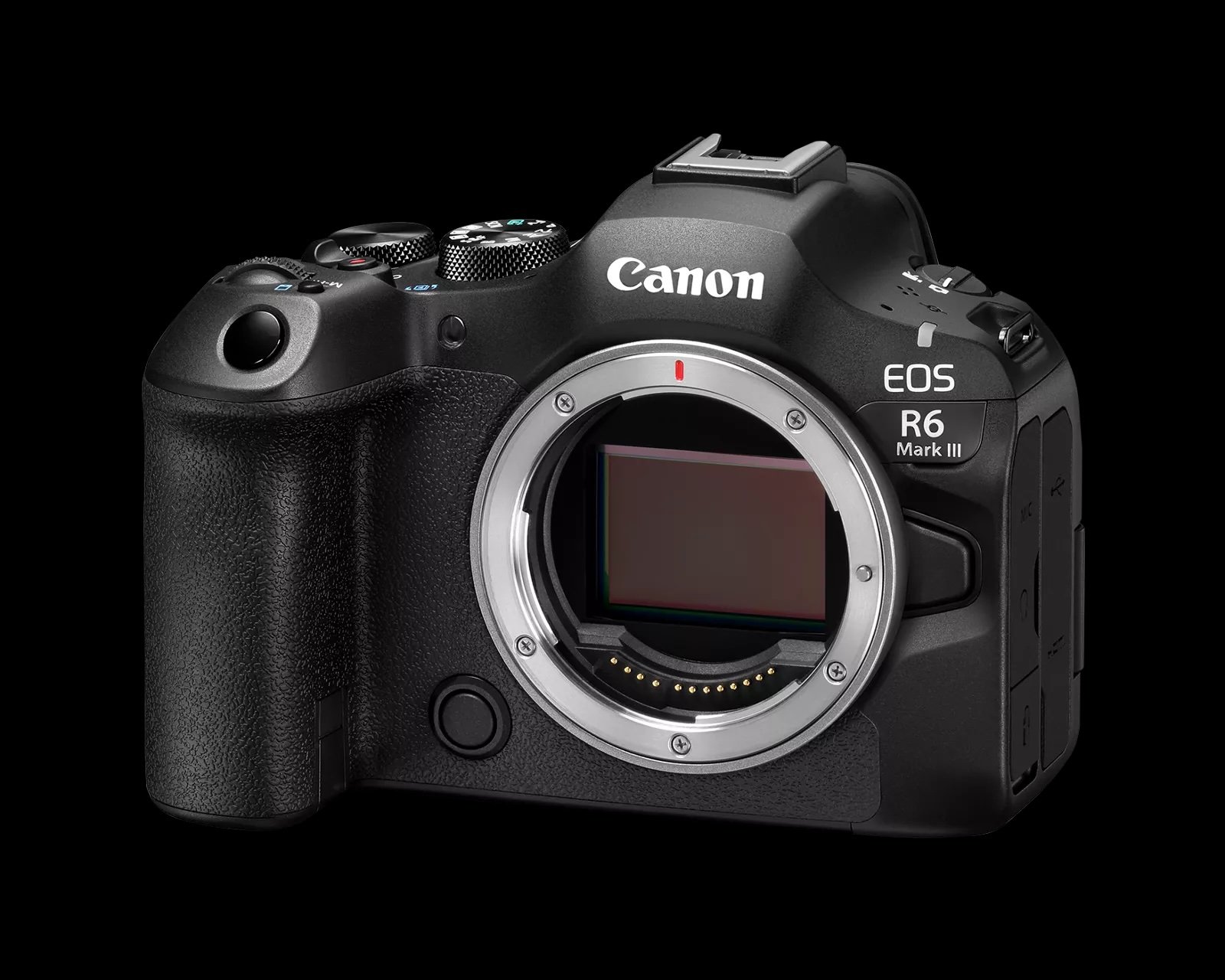Meet the Canon EOS R6 Mark III
If you’re a photographer who follows the full-frame mirrorless arms race, you’ll be excited to hear that Canon has officially announced the EOS R6 Mark III. This is the next iteration of the very popular R6 line and brings several meaningful upgrades that are worth a look.
What’s new (and notable)
Here are some of the key new features and improvements:
Higher resolution stills
The R6 Mark III steps up to a 32.5-megapixel full-frame sensor, compared with the previous generation’s ~24 MP class. That means more detail, more cropping latitude, and more flexibility for clients who want large prints or aggressive cropping.
Hybrid photo/video chops
This model leans hard into the hybrid shooter territory:
Up to 7K RAW (60 fps) video recording, plus open-gate mode (using full sensor) for maximum flexibility in post.
4K up to 120 fps for slow-motion work.
For a portrait/kids/family/headshot photographer, this means when you want to tie in moving-image content (behind-the-scenes, short-form social clips), you’ve got serious muscle under the hood.
Faster bursts & advanced AF
The R6 Mark III maintains a blistering electronic shutter burst rate (up to ~40 fps) even with that higher resolution sensor. The autofocus system gets a big bump too: tracking of people, animals, even vehicles, with smart subject-recognition and improved low-light AF sensitivity.
In real-world terms, if you do any fast-moving subjects (kids running, pets, outdoor family sessions, sports/action portrait work) this is a huge plus.
Dual card slots + workflow advantages
The new body supports a dual-card setup with one CFexpress Type B slot (for high throughput) and one SD slot. That gives you the flexibility of serious pro workflows while maintaining backwards-compatibility with existing card ecosystems.
Image stabilization & robust build
Canon reports a very strong in-body image stabilization (IBIS) system (up to ~8.5 stops, according to some coverage). That means sharp hand-held images in lower light, very beneficial when you’re shooting events, indoor sessions, or ambient-light portraits without flash. Build, ergonomics and Canon’s RF-mount lens ecosystem continue to shine.
Who should consider upgrading (or buying)?
Ideal upgrade-candidates
Photographers doing hybrid work: If you are already doing stills and video (maybe short-form videos for families, behind-the-scenes, reels, social content) the R6 Mark III is a powerful one-body solution.
Action-oriented portrait work: If you frequently shoot kids/family sessions with movement, pets, siblings, or outdoor sessions where tracking fast motion matters, the improved AF + high-burst rate + high resolution give you an edge.
Print-heavy workflows: If you deliver large prints, wall art, or want extra resolution for cropping/retouching, the 32.5 MP sensor gives you more headroom.
Existing Canon RF shooters: If you already own RF-mount lenses (or are invested in Canon’s system) this makes a lot of sense. Staying in the ecosystem means your lens investment continues to pay off.
Who might wait or skip
Still-only shooters on a budget: If your primary work is headshots/portraits in controlled lighting, and you’re happy with ~24 MP stills, then the previous generation (R6 Mark II or even R6) might suffice and save you money.
Legacy non-Canon users: If you’re using another ecosystem (Sony, Nikon, etc), this upgrade is less compelling unless you’re switching systems.
Low-budget business builders: If your business is just starting and you don’t yet need ultra-high specs, investing the savings in marketing, lighting, or client experience might be more impactful than jumping for the latest body.
Final thoughts
The Canon EOS R6 Mark III is a compelling upgrade — it doesn’t reinvent the wheel, but it significantly refines and elevates the hybrid-capable full-frame mirrorless toolset. If you’re a photographer who wants to do more than stills (video, hybrid workflows), who shoots fast-moving subjects (kids/family sessions, outdoor), or who wants large print flexibility, this camera is a strong contender. If you’re more stills-focused and budget-conscious, you may find better value in your current gear and invest savings elsewhere.







